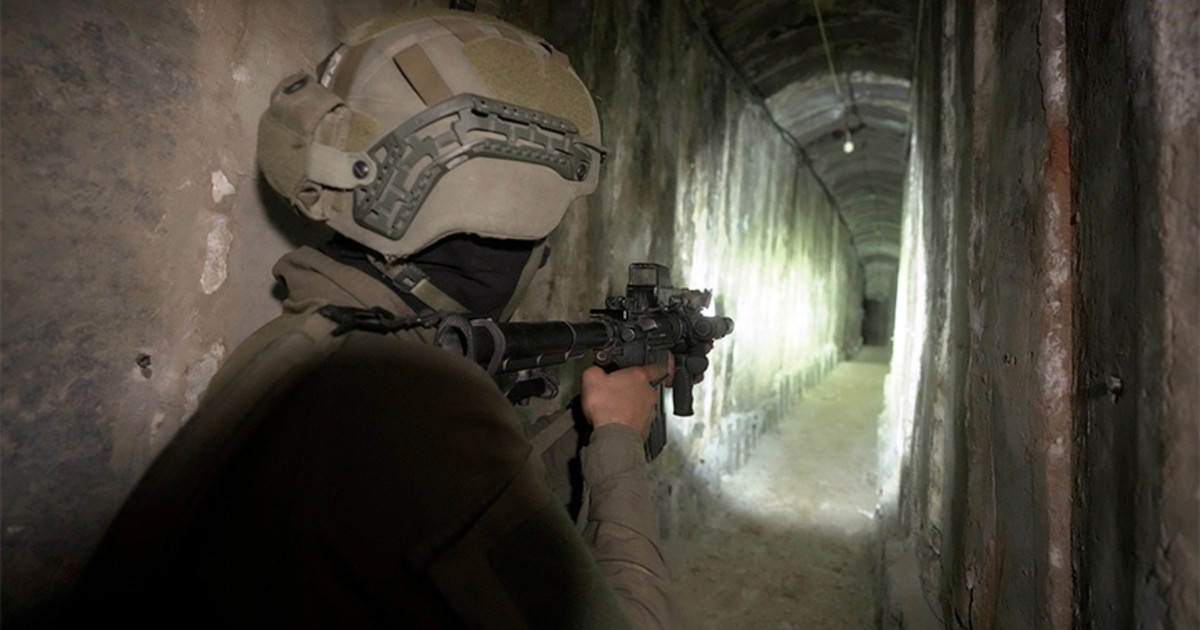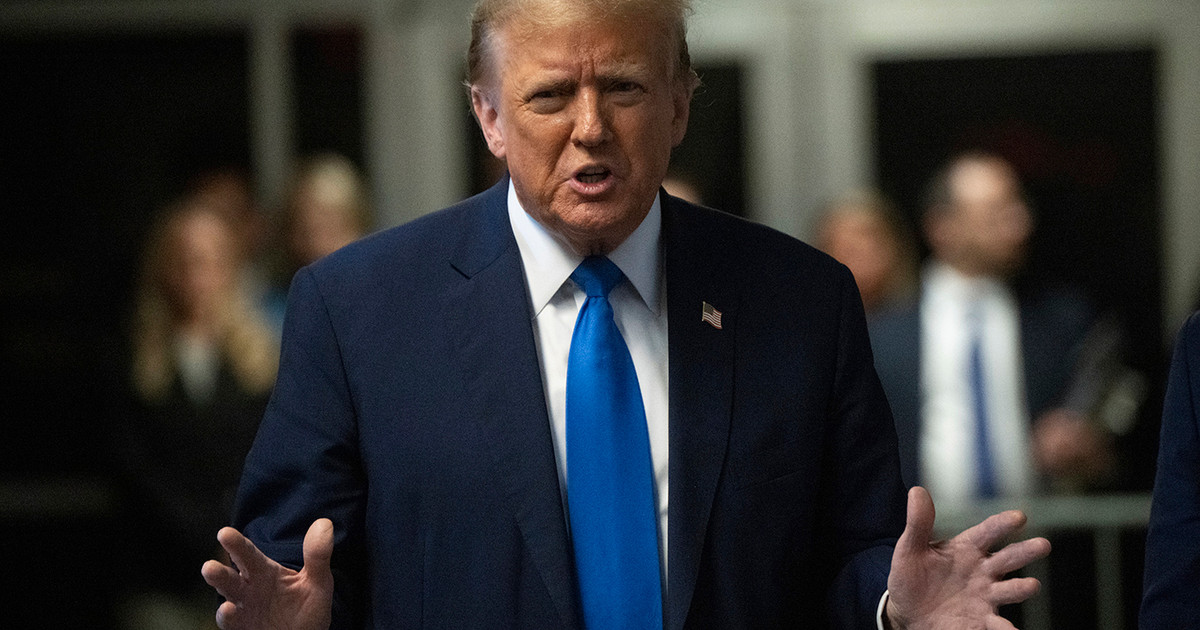The US and some of the allied countries are in discussions to send a few thousand more NATO troops to Eastern European countries. The proposal is to send the units before any possible Russian invasion of Ukraine. The information was given by three American officials to the CNN.
Among the countries considering accepting NATO combat units are Romania, Bulgaria and Hungary. There would be approximately one thousand people for each country, who would form advanced battle groups similar to those that operate in Poland.
The United States and the United Kingdom are among those considering new pre-invasion measures, but not all of NATO’s 30 members are willing to make such a breakthrough. That’s what he revealed to CNN a European diplomat.
NATO members are not unanimous on actions aimed at preventing an eventual Russian advance. Germany, for example, refused to sell new weapons to Ukraine.
In general, the US military objective is to “meet the needs” of NATO allies in the region, a US defense official told CNN last week.
US forces could operate unilaterally in Europe, as they already do, but could also operate under existing NATO command structures.
US less cautious
The possibility of sending some forces closer to Russia’s doorstep before an invasion marks a change by the US government, which was previously wary of risking further provoking Moscow.
American intentions can be used by the Kremlin as an example to justify the speech used by the Russians so far: that NATO’s action is aggressive.
Pentagon Press Secretary John Kirby said Monday that the US has put 8,500 US troops on high alert if a NATO Response Force is called up.
However, the vast majority of these forces are intended for activities supported by the full NATO alliance. The US and NATO already have tens of thousands of other troops in Europe to use in possible developments in the conflict in the region.
Kirby told CNN on Tuesday that some troops are also on heightened alert, but that the United States’ purpose is “to reassure . . . some of NATO’s allies in Europe.”
President Biden originally planned to make public comments on the situation with Russia later this week, two sources said, but it is now unclear whether he will do so.
The military planning comes as the US is increasingly concerned that a new Russian invasion of Ukraine could happen at any time, and in the short term.
“When we said it was imminent, it remains imminent,” White House press secretary Jen Psaki said Tuesday. “But again, we cannot make a prediction of what decision President Putin will make. We are still involved in diplomatic discussions and negotiations.”
Ukrainian officials criticized Psaki’s language on Tuesday, calling the situation with Russia “dangerous” but not “imminent”.
A source close to the Ukrainian leadership said Tuesday that defense and intelligence chiefs are analyzing satellite imagery and that they are not seeing Russia “going into combat mode or positioning itself for attack.”
If any attack orders are given by the Kremlin, Ukraine believes it will still take between one and two weeks for Russian forces near the border to be ready.
In its written responses to Russia’s security demands, which US officials may present to the Kremlin on Wednesday, the US is unlikely to allow any room for negotiation over NATO’s open-door policy, which is the president’s central grievance. Vladimir Putin.
For that reason, there is some concern within the administration that Moscow will use the US response as a pretext to say that diplomacy has failed.
Reference: CNN Brasil
I’m James Harper, a highly experienced and accomplished news writer for World Stock Market. I have been writing in the Politics section of the website for over five years, providing readers with up-to-date and insightful information about current events in politics. My work is widely read and respected by many industry professionals as well as laymen.






